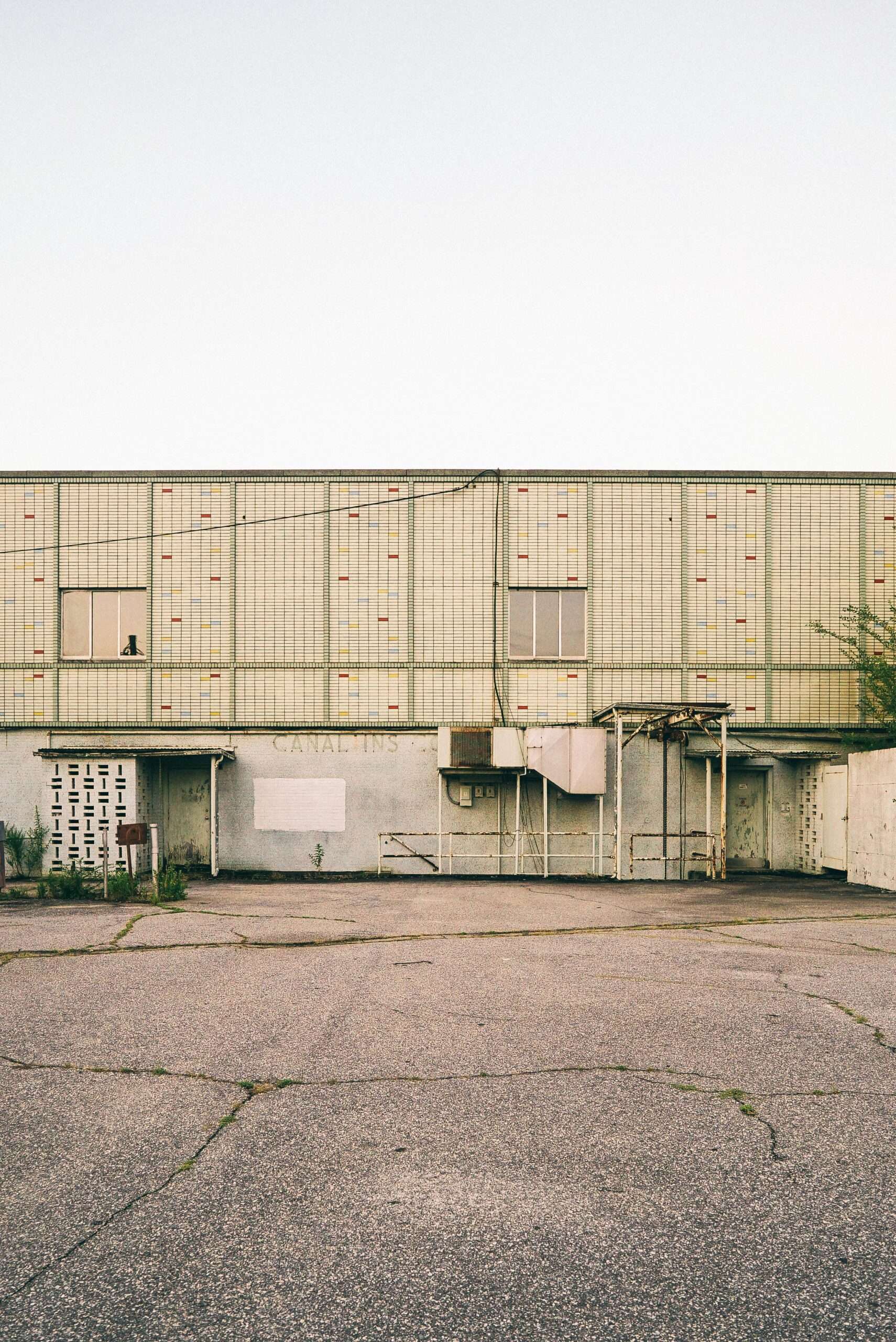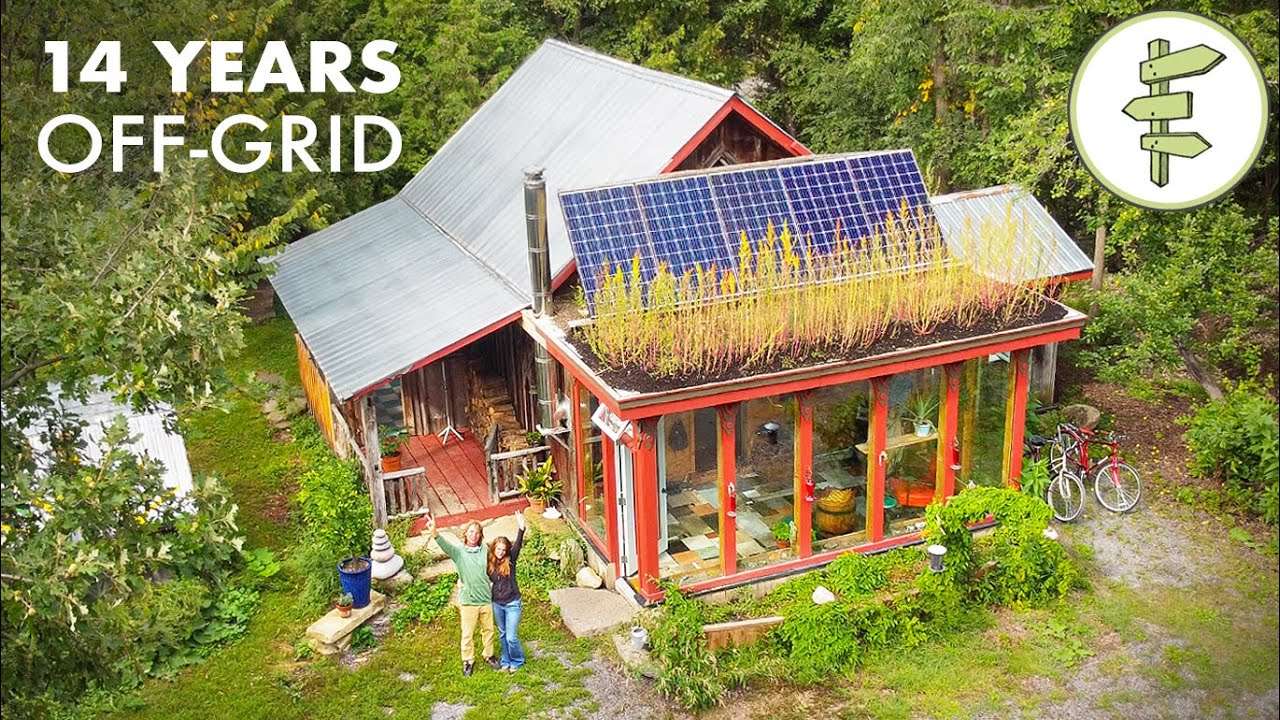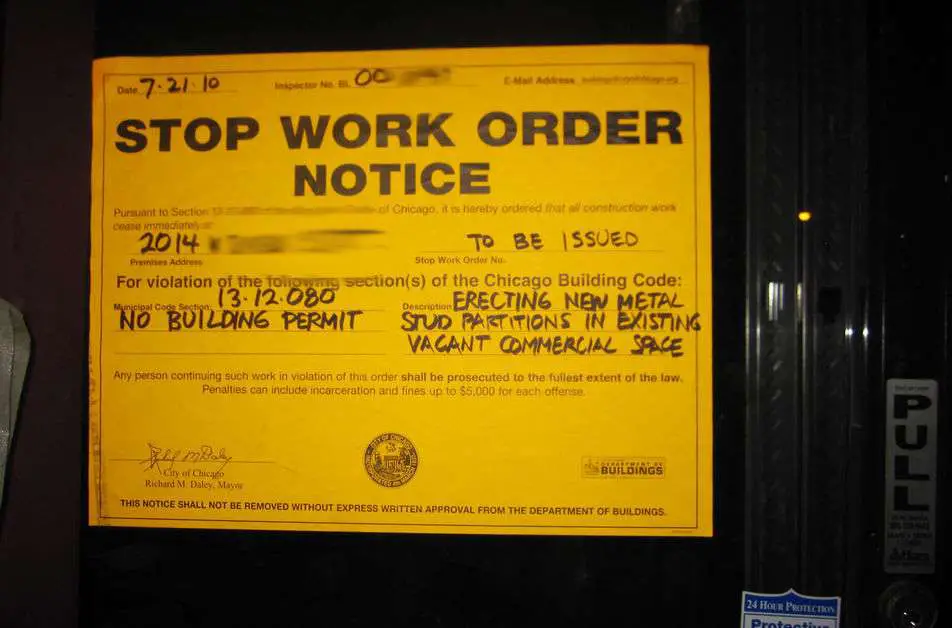In the world of off-grid living, the versatility of shipping containers has become increasingly popular. These durable and cost-effective structures have been transformed into a variety of functional living spaces, with sheds being a particularly sought-after option. But how does one go about making a shipping container look like a shed? This article will explore the creative solutions and design techniques that can be employed to seamlessly blend the functionality of a shed with the rugged charm of a shipping container, providing both practicality and aesthetic appeal.
Choosing the Right Shipping Container
When it comes to choosing the right shipping container for your needs, there are several factors to consider. The first step is to determine the size and condition of the container. Shipping containers come in various sizes, with the most common being 20 or 40 feet in length. This decision should be based on the amount of space you require and the purpose of the container. Additionally, it is essential to carefully inspect the condition of the container, paying attention to any signs of damage or rust that could compromise its durability and structural integrity.
The purpose and design of the container are also pivotal considerations. Are you planning to use it solely for storage purposes, or do you envision transforming it into a livable space? If it’s the latter, you will need to think about the design elements, such as windows and doors, that will be necessary to facilitate a comfortable and functional interior. Ultimately, carefully considering the purpose and design of the shipping container will ensure that you select one that meets your specific requirements.
Quality and durability are paramount when choosing a shipping container. Ensure that the container you choose is made from high-quality materials that can withstand harsh weather conditions and provide a secure environment for your belongings or living space. It’s crucial to assess the container’s corrosion resistance, checking for any signs of rust or structural weaknesses. Investing in a reliable and robust shipping container will ensure longevity and peace of mind.
Preparing the Site
Before installing a shipping container, it is essential to prepare the site properly. This process involves clearing and leveling the ground to ensure a stable foundation for the structure. Begin by removing any debris, rocks, or vegetation present on the site. Next, level the ground using a shovel, rake, or other appropriate tools.
Proper drainage is crucial to prevent water accumulation around the container, which can lead to structural damage and other issues. Plan for proper drainage by ensuring that the site slopes away from the container and that rainwater will flow away from the structure. This can be achieved by creating a slope with gravel or installing a French drain system.
Creating a stable foundation is vital for the longevity and structural integrity of the container. Depending on the terrain and your needs, you might consider options such as concrete footings, piers, or compacted gravel pads. A stable foundation will provide a solid base for the container and ensure that it remains level and secure.

Modifying the Container Exterior
Once the shipping container is in place, you may want to modify its exterior to enhance its functionality and aesthetics. Before beginning any modifications, thoroughly clean and prepare the surface of the container. This involves removing any dirt, rust, or residue that may hinder the adherence of paint or other materials.
Shipping containers typically come with vents that were designed for their original purpose of transporting goods. However, these vents may not be necessary for your new application. Consider removing or covering the vents to prevent unwanted airflow or water infiltration.
To transform the shipping container into a livable space, you will need to install windows and doors. This allows natural light to enter the interior and provides ventilation. When selecting windows and doors, consider factors such as energy efficiency, security, and style. Properly installed windows and doors will not only enhance the appearance of the container but also improve its functionality and livability.
Insulating the Container
Insulating a shipping container is essential for creating a comfortable living or working environment. Insulation helps regulate temperature, prevent condensation, and reduce noise transmission. Understanding the importance of insulation is crucial in maintaining a pleasant atmosphere within the container.
Selecting the suitable insulation material is a crucial step in the insulation process. There are several options to consider, such as foam insulation, fiberglass batts, or spray foam. Each material has its strengths and weaknesses regarding price, R-value (thermal resistance), ease of installation, and durability. Choose insulation material that offers the best balance of these factors for your specific needs.
Applying insulation to the walls and ceiling of the container is the final step in the insulation process. Ensure proper installation of insulation, paying close attention to any gaps or areas that require additional attention. This will help create a thermally efficient and comfortable interior space within the container.
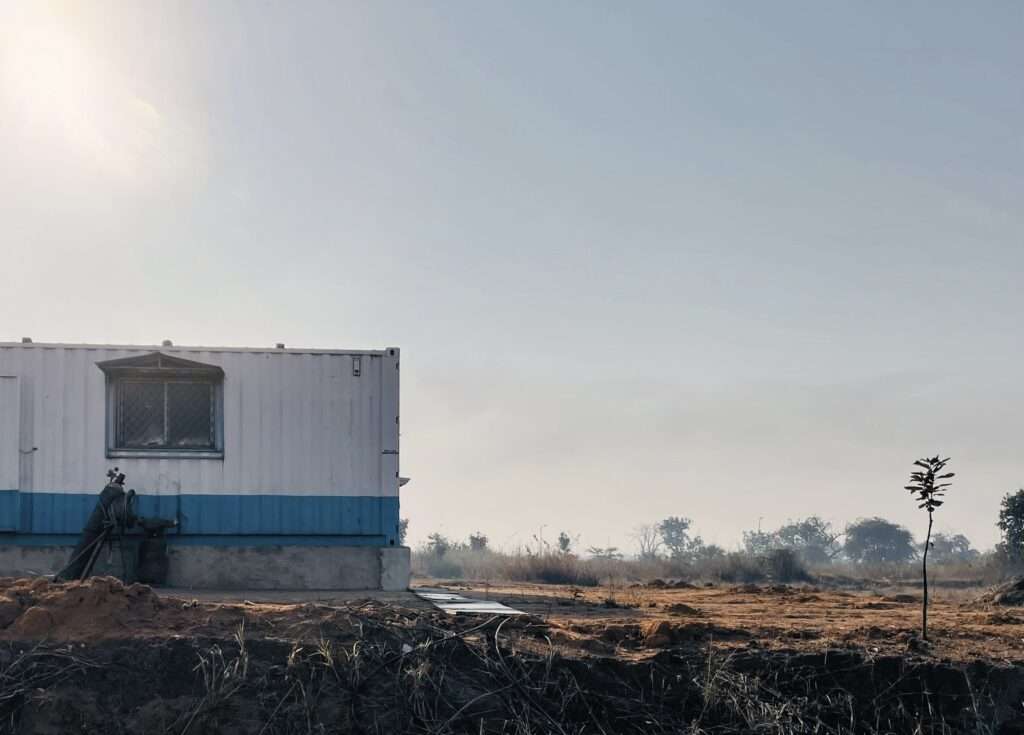
Installing Electricity and Plumbing
To make the container fully functional, consider installing electricity and plumbing. Careful planning of the electrical layout is essential to ensure that the wiring is safe and meets your power needs. Assess the power requirements of appliances and lighting fixtures to determine the appropriate number and placement of outlets. Additionally, consider energy-efficient fixtures to reduce power consumption and environmental impact.
In terms of plumbing, consider your specific needs, such as the installation of sinks, toilets, or showers. Plan the plumbing layout accordingly, taking into account the available space, proximity to water sources, and the necessary connections to septic tanks or sewage lines.
Working with licensed professionals when installing electricity and plumbing is highly recommended, as they possess the knowledge and skills necessary to ensure code compliance and safety.
Adding Ventilation and Climate Control
Proper ventilation and climate control are essential for maintaining a comfortable and healthy environment within the shipping container. Ensuring sufficient air circulation helps prevent moisture buildup, mold growth, and stale air.
Installing vents and fans in strategic locations promotes air exchange, drawing in fresh air and expelling stale air. Consider the size and location of the container when determining the number and placement of vents and fans. This will depend on factors such as the size of the space, the number of occupants, and the climate in which the container is located.
Integrating heating and cooling systems is another vital aspect of climate control. Depending on the climate and intended use of the container, options range from space heaters and air conditioning units to radiant heating systems. It is crucial to select systems that are appropriate for the size and energy efficiency requirements of the container.
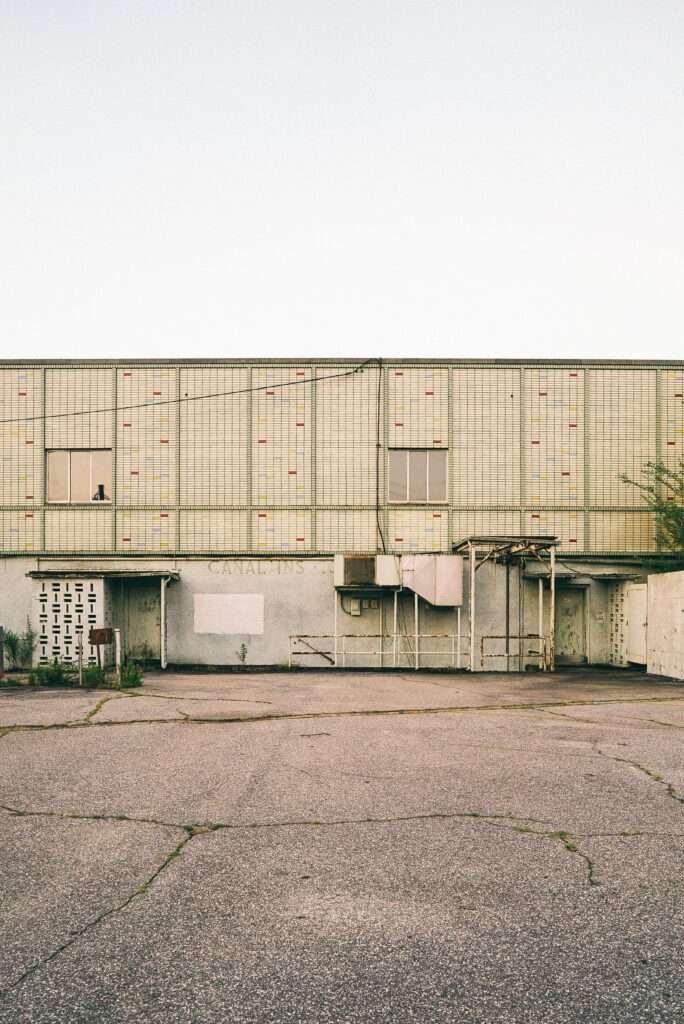
Interior Design and Layout
Designing the interior of the shipping container is an opportunity to create functional and visually appealing spaces that meet your specific needs. Consider your requirements and how you plan to use the container. This will help determine the layout and organization of the space.
Creating functional spaces involves careful consideration of the placement of furniture, fixtures, and appliances. Maximize storage solutions by incorporating built-in cabinets, shelving, or multi-functional furniture. This will help keep the space organized and optimize the use of available square footage.
When selecting furniture and décor, consider the size of the space and the overall aesthetic you want to achieve. Opt for furniture pieces that are appropriately scaled and suit your needs. Additionally, choose décor items that enhance the visual appeal of the space while maintaining functionality and practicality.
Exterior Finishing and Protection
Choosing suitable exterior cladding is essential for protection against the elements and enhancing the overall appearance of the container. Consider factors such as durability, weather resistance, and aesthetic appeal when selecting cladding materials. Options range from wood siding and metal panels to vinyl or cement board.
Applying weatherproofing measures is crucial to ensure the longevity and performance of the container. This involves sealing any gaps, repairing damaged areas, and applying weather-resistant coatings or sealants to protect against moisture, UV radiation, and other environmental factors.
Enhancing aesthetics with paint or decals is a personal choice that can reflect your individual style and preferences. This step allows you to customize the appearance of the container and seamlessly integrate it into its surroundings or desired aesthetic.
Security and Safety Features
Ensuring the security and safety of your shipping container is of utmost importance. Installing secure locks, such as deadbolts or padlocks, provides a reliable deterrent against unauthorized access. Consider the type and strength of locks suitable for your specific needs and invest in high-quality options.
Adding security cameras and alarms further enhances the security of the container. These systems can provide real-time monitoring and notifications, allowing you to respond promptly to any potential threats or emergencies.
Fire safety precautions are essential when converting a shipping container into a livable or working space. Install smoke detectors, fire extinguishers, and a fire suppression system if necessary. Educate yourself and others on fire safety practices to minimize the risk of accidents and ensure the safety of occupants.
Landscaping and Integration
Blending the shipping container with its surroundings is essential for a cohesive and aesthetically pleasing result. Pay attention to the landscaping around the container, using various elements such as plants, rocks, or gravel to create an inviting and harmonious environment.
Creating outdoor living spaces around the container enhances its functionality and provides additional areas for relaxation and entertainment. Consider adding seating areas, decks, or patios to extend the usable space beyond the container’s interior. Incorporate appropriate lighting and outdoor features to enhance the ambiance and usability of these spaces.
Integrating plants and greenery around the container can contribute to a more harmonious and environmentally friendly setting. Choose plants that are suitable for the climate and require minimal maintenance. Green walls, vertical gardens, or container gardens can be utilized to maximize the use of vertical space and create an attractive and eco-friendly landscape.
In conclusion, transforming a shipping container into a shed or a functional living or working space requires careful consideration and planning. By selecting the right container, preparing the site adequately, modifying the exterior and interior, ensuring proper insulation, and adding necessary amenities, you can create a customized space that meets your specific needs. Integrating security features, appropriate landscaping, and climate control systems further enhance the usability and aesthetics of the container. With proper attention to detail and adherence to safety standards, a shipping container can be transformed into a durable, versatile, and unique structure.

